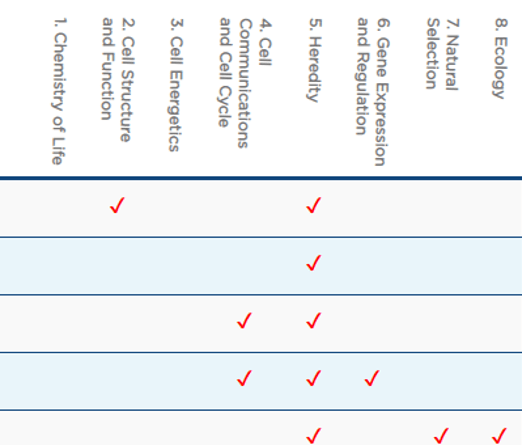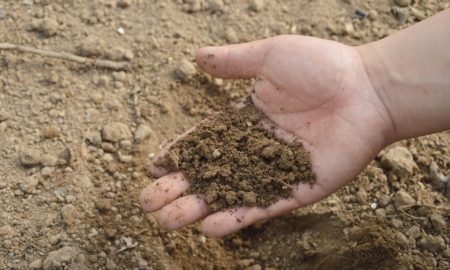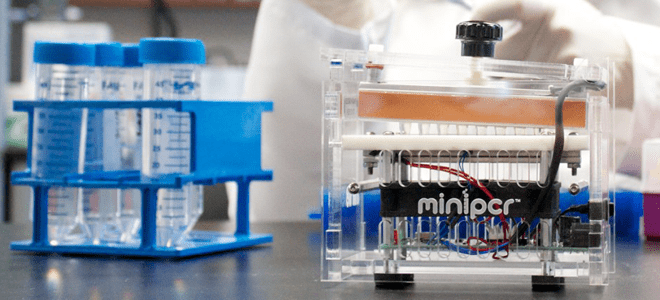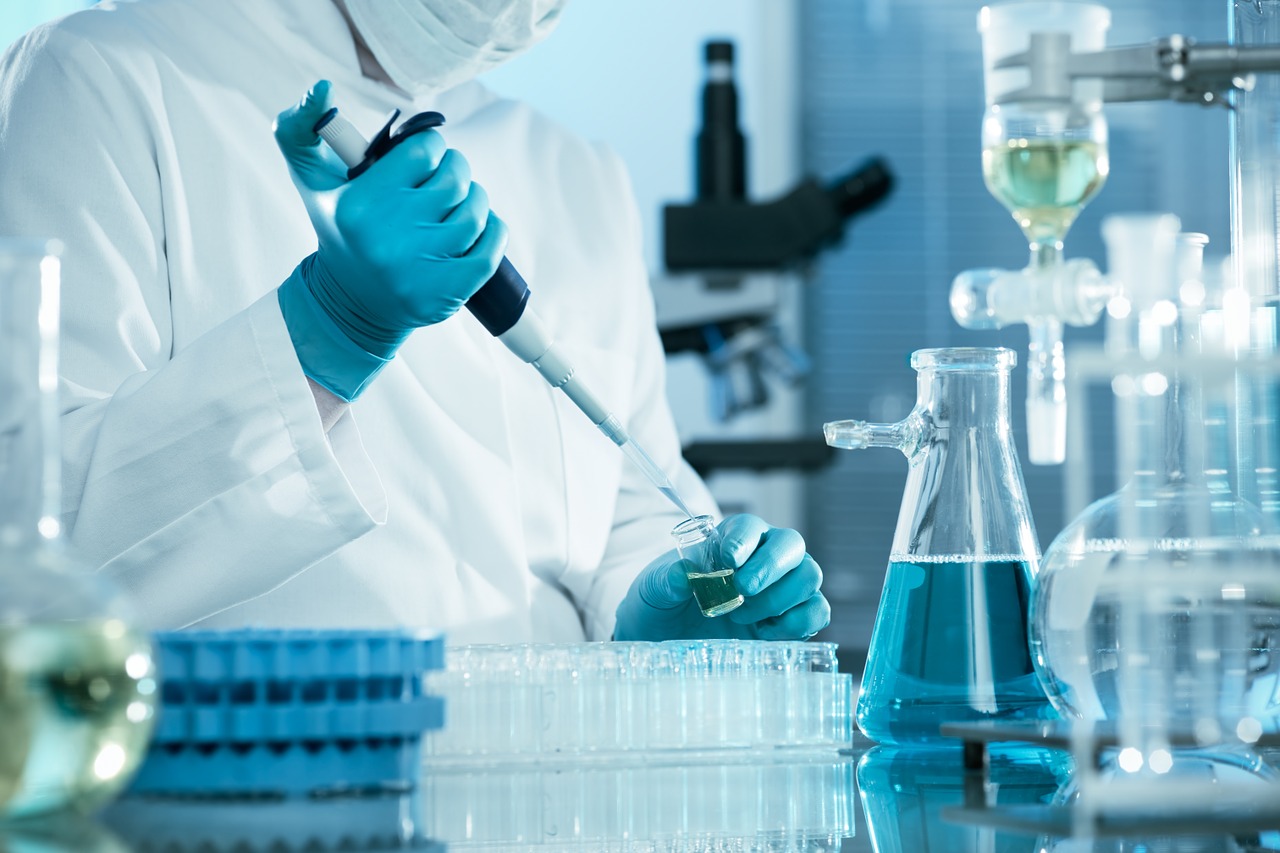Looking for biotechnology labs that align to the AP Biology Frameworks?
Looking for how miniPCR bio Learning Labs align to the AP biology frameworks? Check out our full list of AP Biology-aligned Learning Labs from miniPCR bio™.
Biotechnology may be listed as topic 6.8 in the AP Biology Course and Exam Description, but really, biotechnology is not a standalone unit. Biotechnology is integral to how biologists do science. As you train your AP students to answer biological questions, you want them to use the tools of modern biology!
At miniPCR bio, we offer inquiry-based, hands-on lab investigations for all eight units covered on the AP Biology exam. All our labs invite students to investigate natural phenomena, carry out experiments to test predictions, collect and analyze data, interpret the data to draw conclusions, and develop a scientific claim with the evidence they collected via modern techniques.
To see how our Learning Labs align to the AP Biology units, see the table below. Click on any of the lab titles to learn more about it.
For a detailed list of frameworks and AP Biology science practices that each lab is aligned to, see the Instructor’s Guide for any lab (free to download from each lab’s product page). Here are a few examples some of our most popular labs:
DNA Glow Lab™: Exploring DNA Structure
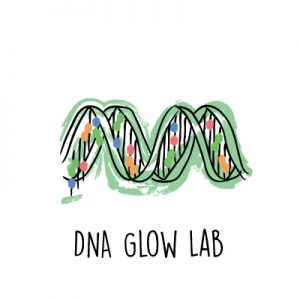
Move beyond paper models and investigate DNA structure directly! Investigate how DNA sequence, temperature, and pH interact to maintain the structure of the double helix.
Alignment:
- Unit 1: Chemistry of Life (1.3 Introduction to biological macromolecules; 1.4 Properties of biological molecules; 1.5 Structure and function of biological molecules; 1.6 Nucleic acids)
- Unit 5: Heredity
- Unit 6: Gene Expression and Regulation
Conservation Genetics Lab: Discovering Lemur Diversity
Scientists working in the forests of Madagascar may have rediscovered a species of lemur that was thought extinct. Compare how different types of data (morphological and genetic) can be used to answer questions about species and evolution, build phylogenetic trees, and explore how generalists and specialists fare in face of ecological change.
Alignment:
- Unit 6: Gene Expression and Regulation (6.8 Biotechnology)
- Unit 7: Natural Selection (7.6 Evidence of evolution; 7.9 Phylogeny; 7.11 Extinction)
- Unit 8: Ecology (8.5 Community ecology; 8.6 Biodiversity; 8.7 Disruptions to ecosystems)
miniPCR Sleep Lab™ – Lark or Owl?

Participate in an authentic investigation on the genetics of sleep and circadian clocks. Use PCR and gel electrophoresis to determine your own genotype at a locus that has been associated with morning vs. evening preference. Then, use statistics to see if that association holds in your classroom.
Alignment:
- Unit 4: Cell Communications and Cell Cycle (4.5 Feedback)
- Unit 5 Heredity (5.3 Mendelian genetics; 5.4 Non-Mendelian genetics; 5.5 Environmental effects on phenotype)
- Unit 6: Gene Expression and Regulation (6.6 Gene expression and specialization; 6.7 Mutations; 6.8 Biotechnology)
- Unit 7: Natural Selection
Still have questions? Sign up for a free virtual consultation here.
